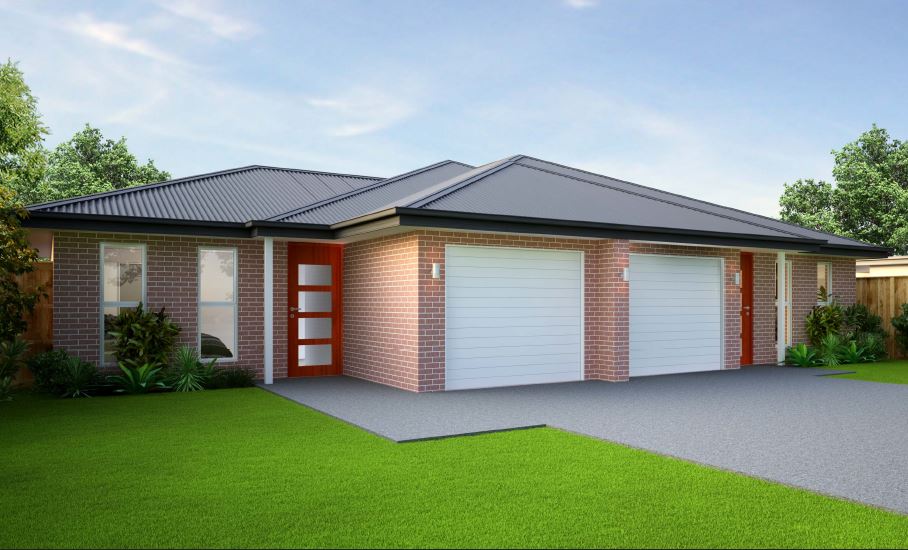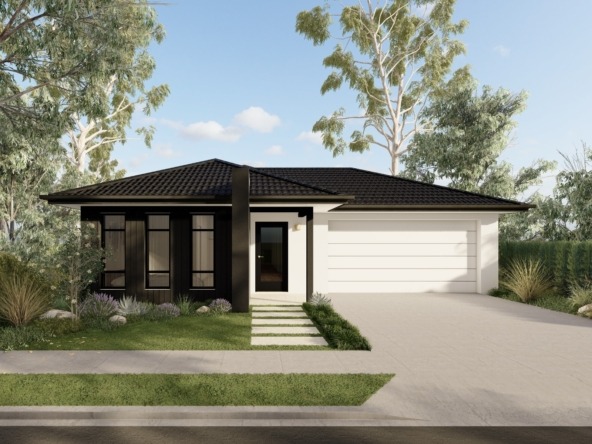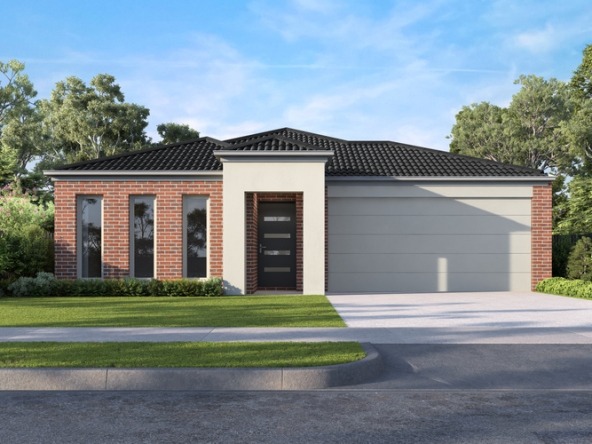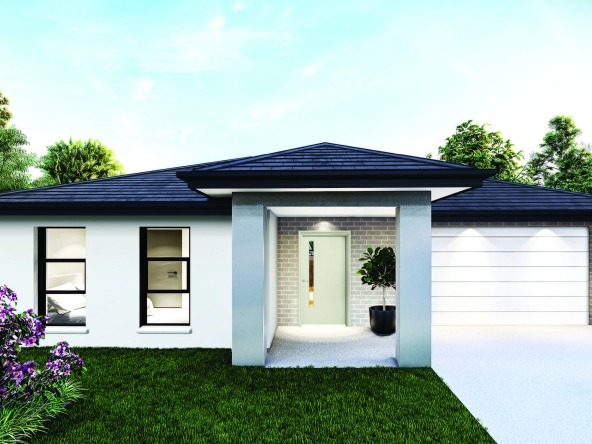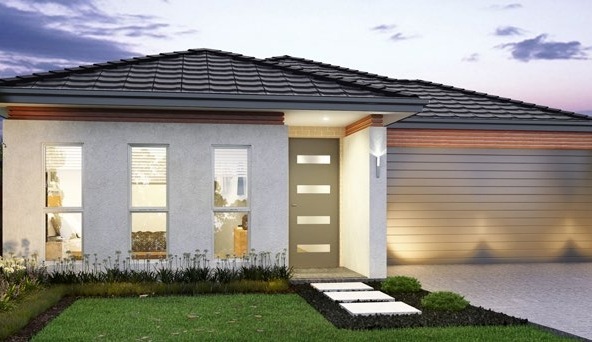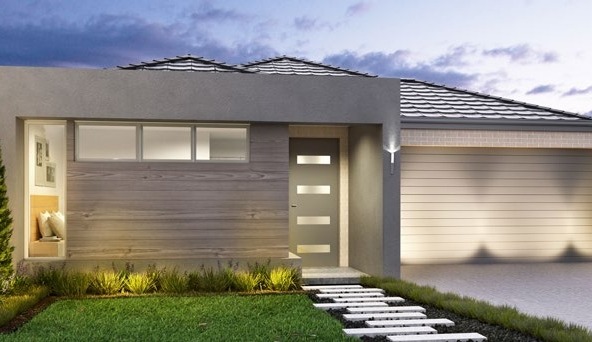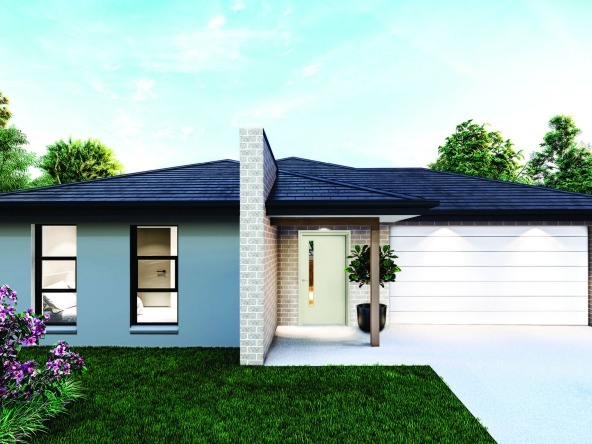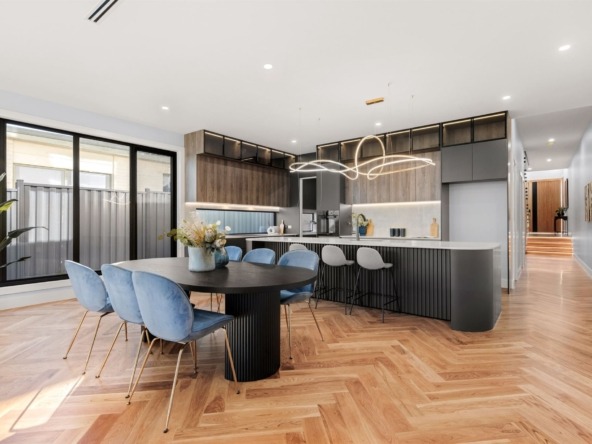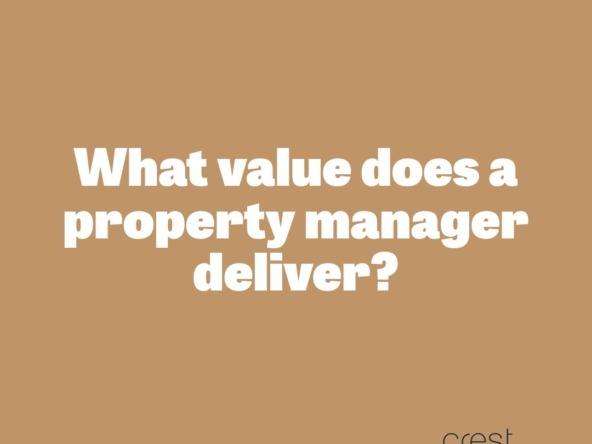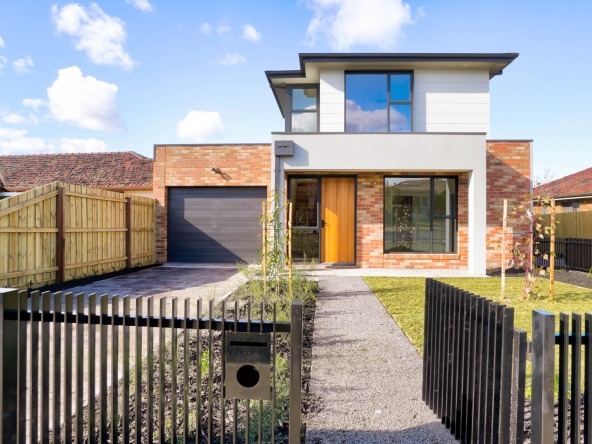Dual-income investment is an interesting property investment strategy that has been very well received in all parts of Australia. Earning two incomes from the one property is a very appealing investment plan. In this article, we take the opportunity to share some information about the advantages and disadvantages that the strategy offers.
A dual-income investment is effectively a property that provides two incomes to an investor, by way of two separate rental agreements. This may be through a duplex, dual occupancy, a granny flat or a dual-key property.
Here is a summary of each type of dual-income property:
- Duplex property – this type of property is where two adjoining residences are established on the one property. It can be two houses, two divided Apartments or Townhouses. Investors like to adopt this strategy as it escalates their property portfolio faster by acquiring two in one. Each side of a duplex is often designed identical to each other as the cost of materials can be aggregated and reduce the total construction cost. As a duplex property can be sold individually this has been popular in recent times.
- Dual-occupancy – this type of property is similar to a duplex property. It again has two properties on the one block of land, but they may do not have to be adjoining. In this instance, if the land allotment is larger, it allows to fit two larger separate homes on the one plot. Dual-occupancy properties generally share an entrance or driveway.
- Dual-key – this type of property is less common, but certainly has some demand. Dual-key is where a property has one entrance, but the floor plan separates the home into two. This essentially locks off each area from the other. Each part of the home would have it’s own kitchen facilities, living area etc. They may share some common areas such as a laundry or hallway.
- Granny flat – this type of property is also known as a granny suite. It is part of a house made into self-contained accommodation, typically the same size a studio Apartment. Normally built at the back of an existing property the cost can be a cheaper alternative to the other forms of dual-income properties. It’s popularity is increasing, particular in outer suburban areas.
What are the advantages of dual-income investments:
- Buying two properties in one, increases your property portfolio faster without less capital required if you bought a single titled house and land package.
- The maintenance costs are reduced than a traditional property investment.
- The two incomes generated from the one block of land can be potentially higher compared to a single property on a large block of land.
- With both reduced costs and higher income, the cash flow can be serviced to meet the loan repayments or provide a higher retirement income stream
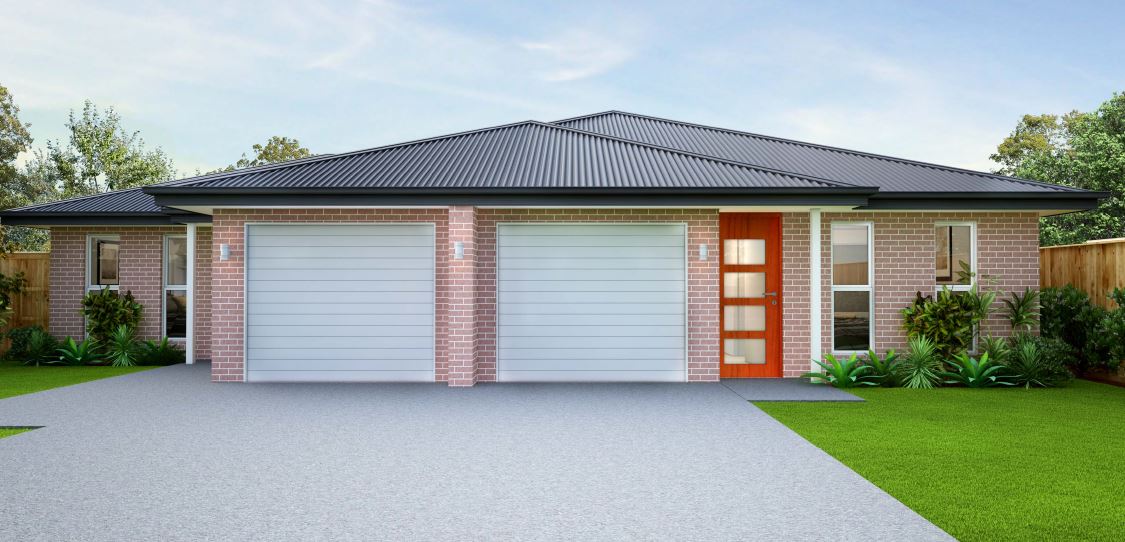
What are the disadvantages of dual-income investments:
- Potential tenants may be put-off by the reduced privacy. Having another tenant so close may not be desirable for some.
- The floor plan may not suit the needs of everyone. For example a family may require two living areas where the property may only provide one in each residence.
- The cost to build a dual-income property will be higher than a standard single-storey home.
- The increased costs may cause an overcapitalisation risk. To learn more about this please refer to our article
- Some dual-income properties have generated less capital growth. When addressing your objectives, you should consider what’s important to you. Income vs growth is one of many points to review.
- Diversification risk is higher. When developing a property portfolio, you’ll discover that different locations will perform differently. One location will not outperform the property market indefinitely. Diversifying your location risk by purchasing property in different areas is a good strategy to smooth out long-term returns.
- Liquidity risk is higher. When selling the dual-income property, you may want to keep one of the two if the income or location suits your objectives. However it can be very difficult to sell a dual-income property separately. (with the exception of some dual-occupancy that only share driveways). This may cause the the investor to sell both at the same time.
- Some dual-income investments such as dual-key properties may run on the same utility infrastructure. This may force an investor (landlord) to pay the cost or alternatively they would have to spend money to split the infrastructure so the tenant can pay and manage their own utility costs.
Is a dual-income investment right for me?
Everyone has different objectives in both short-term and long-term. With the exception of a granny flat, this is often a lifestyle decision to build a self-contained accommodation suitable for an elderly relative. There is a higher degree of difficulty to generate capital growth in some dual-income investments. Taking note of the advantage and disadvantages, an established property investor may add this type of asset to compliment their existing portfolio as the seek additional income and have funds to complete the purchase.
A first time investor may find this more difficult. It may present an opportunity to escalate your property portfolio quickly, but the risks associated to dual-income investments such as diversification and overcapitalisation may generally outweigh the advantages.
Before proceeding with any form of property strategy, you should have clear objectives and time frames. Once established, assessing the most appropriate strategy will be easier.
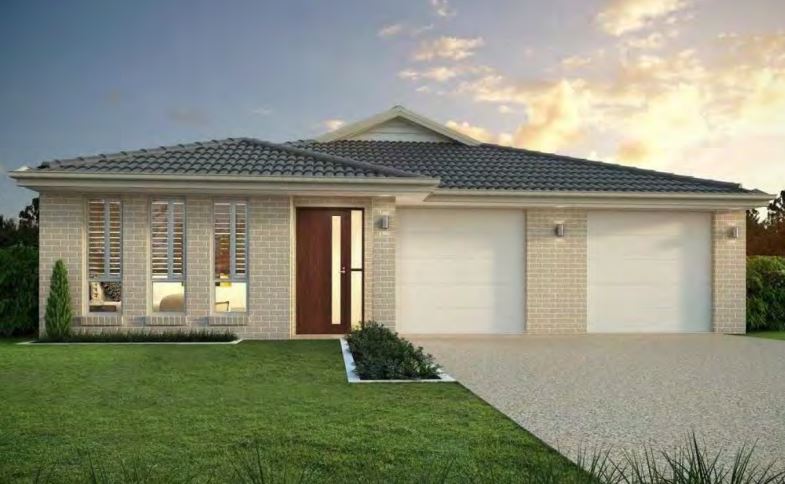
We love property investments and would welcome the opportunity to explore your objectives with you. Please feel free to introduce yourself at info@crestproperty.net.au
While we have taken care to ensure the information above is true and correct at the time of publication, changes in circumstances and legislation after the displayed date may impact the accuracy of this article. If you want to learn more, please contact us. We welcome the opportunity to assist you.
Sep 2018

